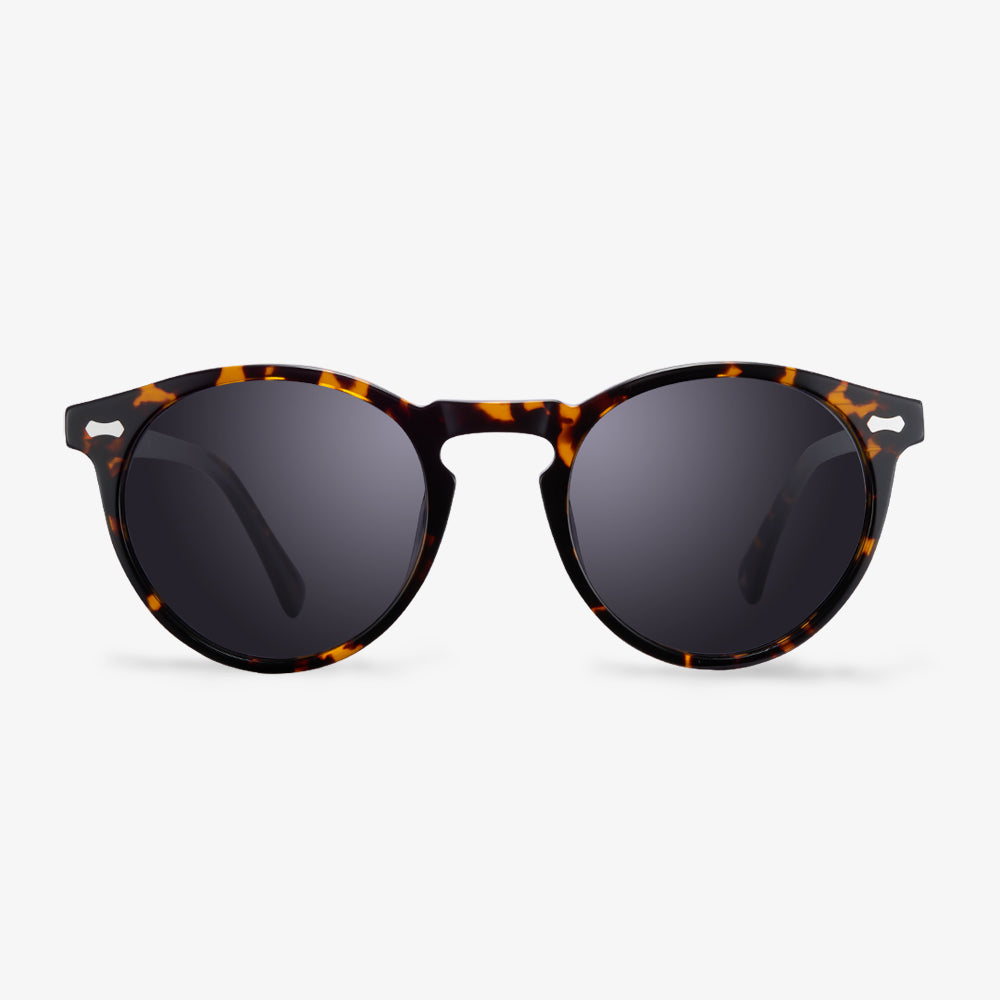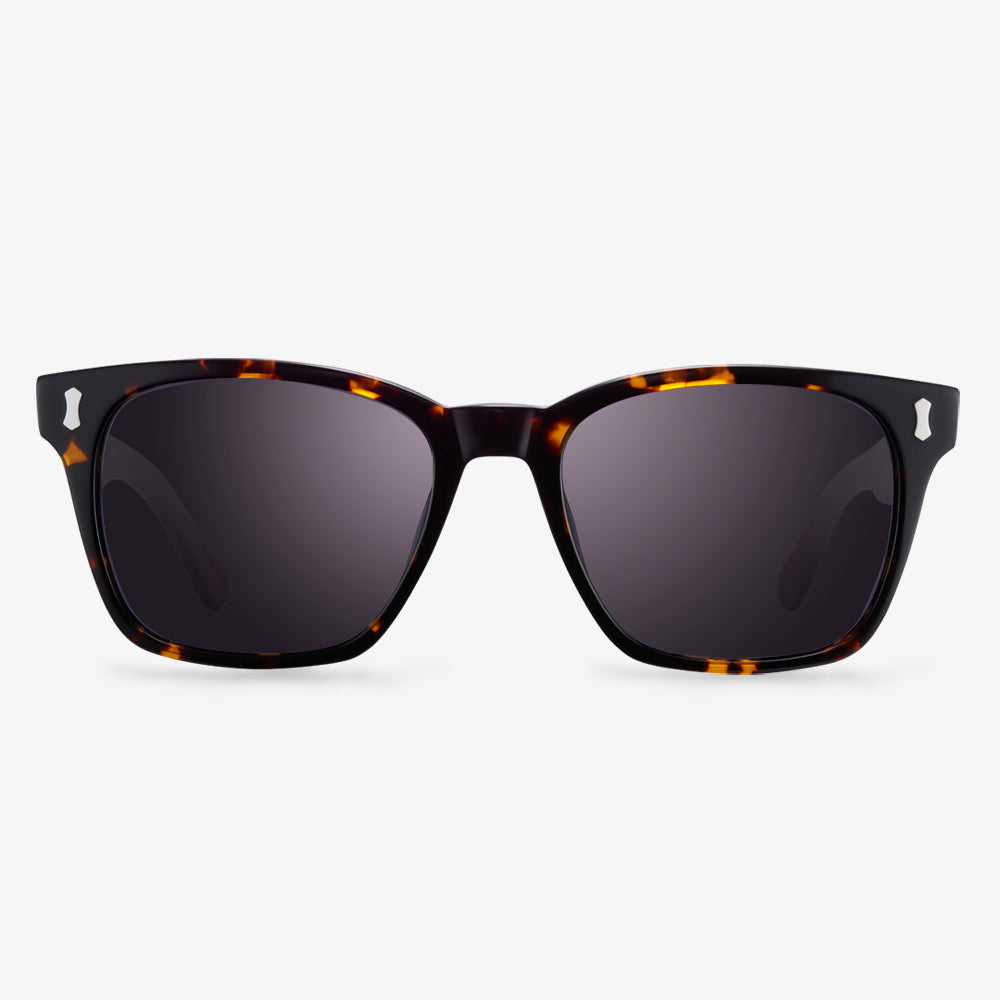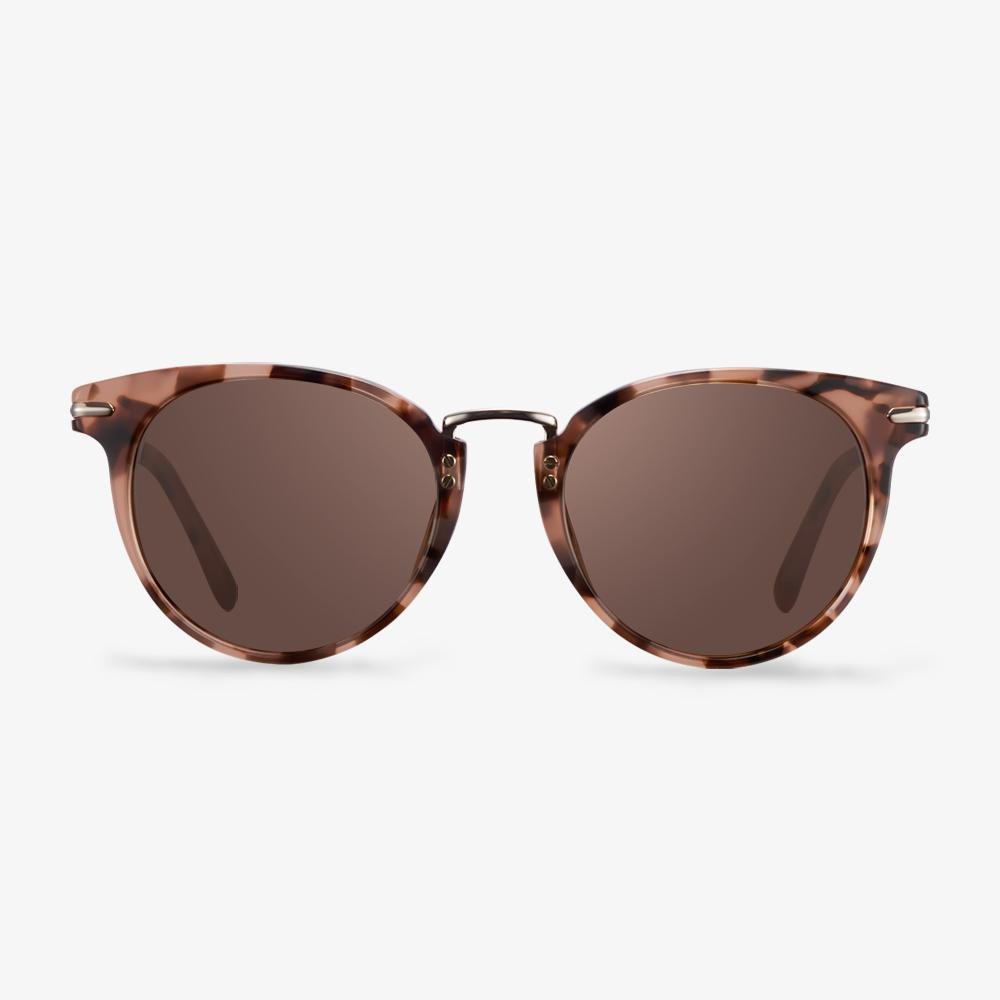When it comes to choosing sunglasses, one factor that often influences our decision is the price. While plastic frame sunglasses offer an affordable option, acetate frame sunglasses tend to come with a higher price tag. In this article, we'll delve into the reasons why acetate frames are more expensive than their plastic counterparts.
- Material Quality
The primary reason for the cost difference lies in the material itself. Acetate is a high-quality, premium material made from renewable resources like wood pulp and cotton fibers. It undergoes an extensive manufacturing process that includes molding, polishing, and finishing, resulting in a material with exceptional durability and a luxurious feel. Plastic frames, on the other hand, are usually made from lower-cost synthetic materials like polycarbonate or nylon. The quality and craftsmanship of acetate frames elevate them to a higher price point.
- Craftsmanship and Labor
The production of acetate frames involves more intricate craftsmanship and labor compared to plastic frames. Skilled artisans carefully shape and hand-finish acetate frames to ensure a flawless final product. This level of attention to detail requires time and expertise, adding to the overall cost. In contrast, plastic frames are often mass-produced using automated processes, reducing labor costs but sacrificing the personal touch and precision that acetate frames offer.
- Durability and Longevity
Acetate frames are renowned for their durability and longevity. They resist cracking, fading, and warping, maintaining their original appearance over time. This longevity translates to a longer lifespan for the sunglasses, making them a better investment in the long run. Plastic frames, while more affordable initially, may wear out or break more easily, necessitating replacement sooner, which can ultimately be more expensive over time.
- Design and Customization
Acetate frames are favored for their design versatility and customization options. They can be easily molded into various shapes, allowing for unique and intricate frame designs. Many acetate frame sunglasses also offer customization choices, such as selecting frame colors, finishes, and even engraving. The ability to personalize sunglasses to one's liking adds to their exclusivity and, consequently, their price.
- Environmental Responsibility
The use of acetate in sunglasses is often associated with environmental responsibility. As it is derived from sustainable sources and is biodegradable, acetate is considered a more eco-friendly choice than certain types of plastic. Manufacturers may invest in sustainable practices and sourcing, which can increase production costs but align with consumers' growing demand for eco-conscious products.
- Branding and Prestige
High-end eyewear brands often opt for acetate frames to enhance their prestige and luxury appeal. These brands invest in quality materials, craftsmanship, and branding, driving up the price. Consumers are often willing to pay a premium for the cachet associated with owning sunglasses from renowned fashion houses.
While plastic frame sunglasses offer an affordable option, acetate frame sunglasses command a higher price due to their superior material quality, craftsmanship, durability, customization options, environmental benefits, and the prestige associated with certain brands. The decision between acetate and plastic frames ultimately depends on individual preferences and priorities. For those seeking a long-lasting, customizable, and elegant accessory, the added cost of acetate frames is often seen as a worthy investment in both style and quality.






































